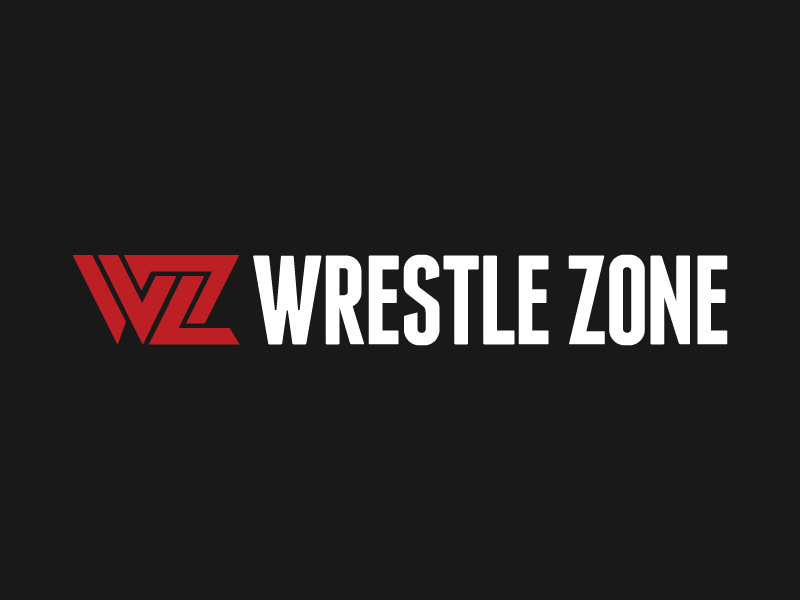
In wrestling’s past things were simple. The babyfaces and the heels were clearly defined. The face could do no wrong and the heel was easy to spot. We were told who was good, who was bad, and we cheered and booed accordingly. But not anymore. With the advent of the IWC, the world of sugary sweet babyfaces and dastardly heels has been turned…








